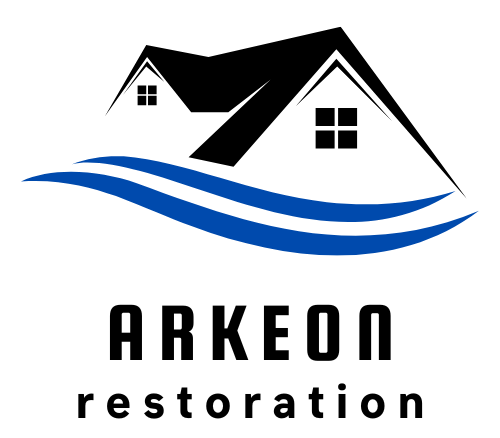Preparing for a disaster can be a scary thing, but it’s important to keep your family safe no matter what mother nature has in store. Create an emergency plan for your family so they’ll know what to expect, what to do, and where to go when bad weather strikes. This might include putting together a box full of supplies, preparing your car in case you need to evacuate, and/or getting the house protected against high winds, flooding, ice, and snow.
Getting the family involved in preparations will not only help them understand what to do during an emergency, but it will also help give them peace of mind that everything is okay. Sometimes, having a good plan can go a long way when it comes to feeling better about something that can’t be controlled. Not only that, but it will also teach kids how to take precautions so they’ll understand how to prepare in the future. Here are a few tips from Advanced Recovery Corporation how to prepare for disasters.
Create a Checklist
Planning for an emergency can be stressful, which might lead to disorganization and anxiety. One of the best ways to prevent this is to create a checklist that will help you keep track of everything that needs to be done. Write down items that need to be packed in case of evacuation, draw out a map that will help family members find one another should you become separated, and come up with a meeting place that everyone is familiar with. Habitat for Humanity recommends making sure everyone has a list of important phone numbers, especially since damage can disrupt cell phone service.
Pack an Emergency Kit
Having an emergency kit prepared in the event of a natural disaster will allow you to evacuate quickly and efficiently; if you need to stay put, it can ensure that you have everything you need to stay safe in one place. This might include extra medication, a wireless phone charger, a first aid kit, fireproof blankets, snacks, and extra water. It’s a good idea to pack a similar box to keep in the trunk of the car that includes flares and a heavy-duty flashlight.
Invest in a Built-In Generator
Ice storms are no joke. It could be raining and before you know it there’s a thin sheet of ice over everything. One could be an expert at driving in the snow and get sent spinning into the ditch while driving on ice. Of course, the worst part of an ice storm is the likelihood that the power will get taken out, and that it will stay out for a while. A built-in generator will keep your home up and running. They cost more than portable generators, but these kick-on automatically as a feature of the home that can boost your home’s appraisal value. If you plan to sell your home soon, this will put more money in your pocket. Just remember to keep the receipts and show them to your home appraiser.
Check In
Communication is crucial during a disaster. If you have social media accounts, make sure you check in often with friends and family members so they know you’re safe when disaster strikes. Digital Trends puts a spotlight on safety check-ins on Facebook. These are typically used in conjunction with the GPS feature on your phone and will allow you to mark yourself “safe” when your community makes the national news.
Planning for a disaster isn’t always easy, as you never know what will strike or how much damage it will do. Preparing doesn’t have to be an anxiety-filled undertaking, however. With some help from your friends and family members, you can make sure that you and your loved ones are ready for whatever comes your way.
Photo by Ralph W. lambrecht from Pexels







